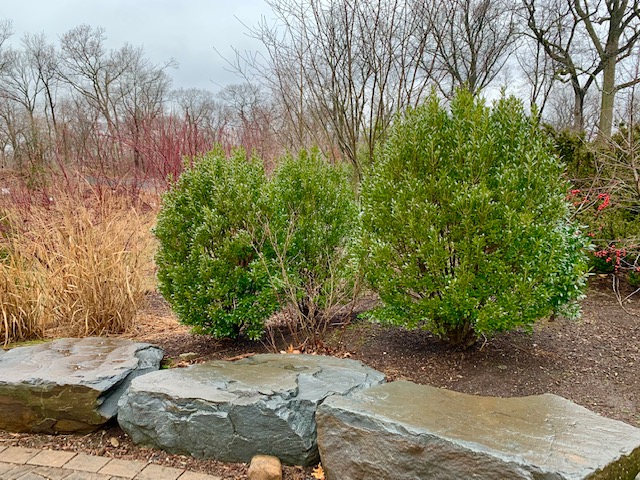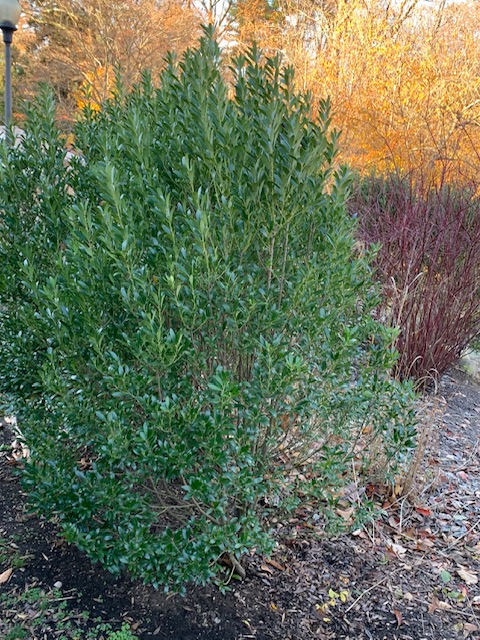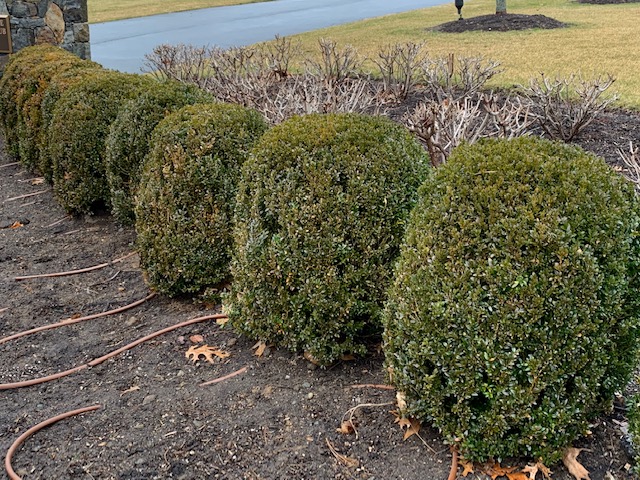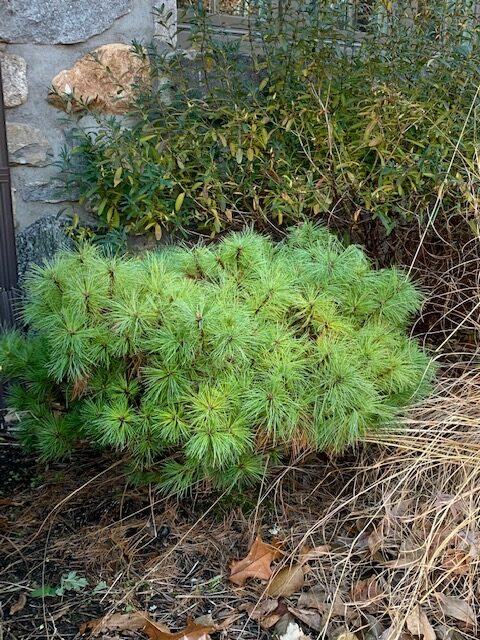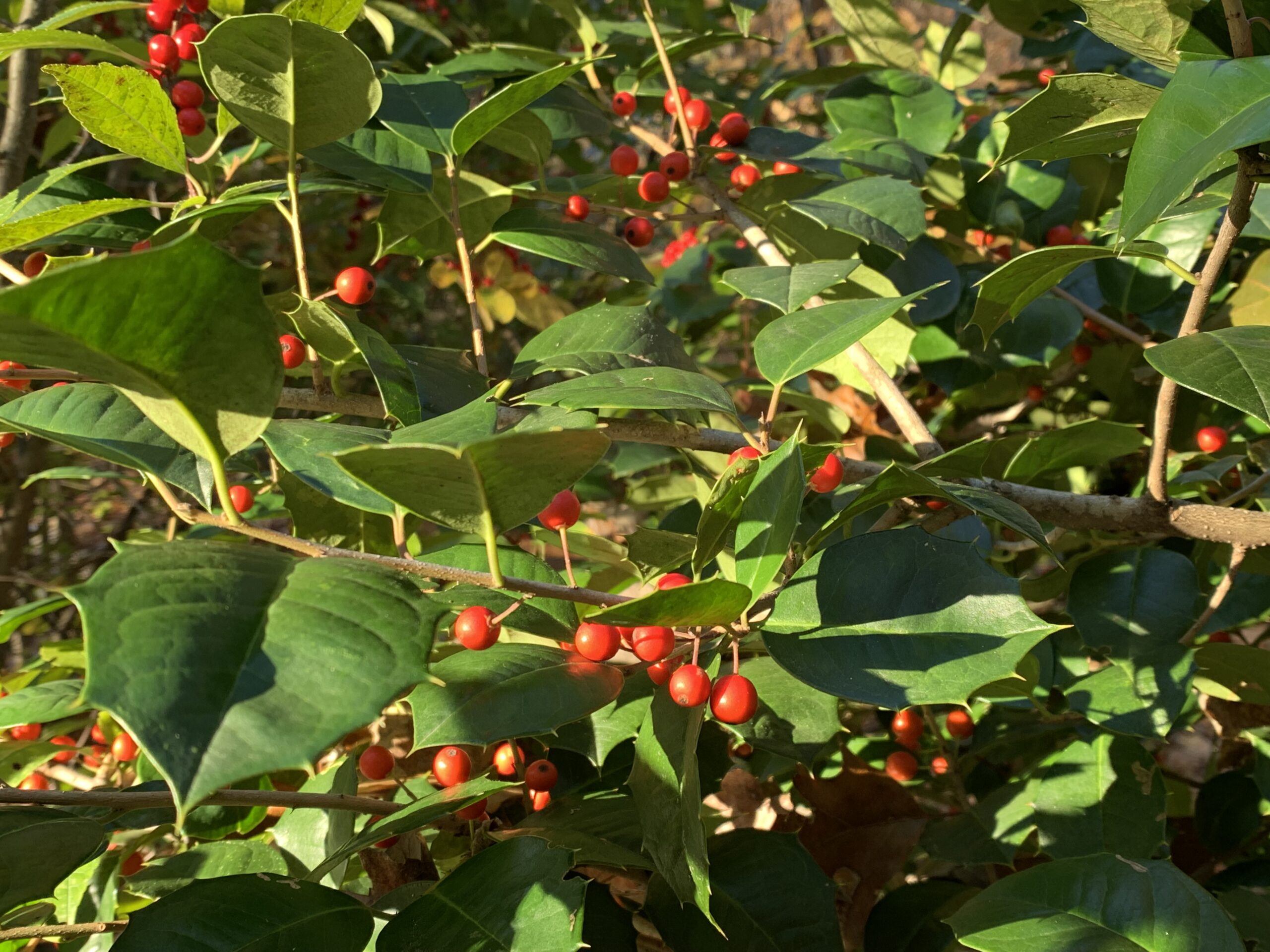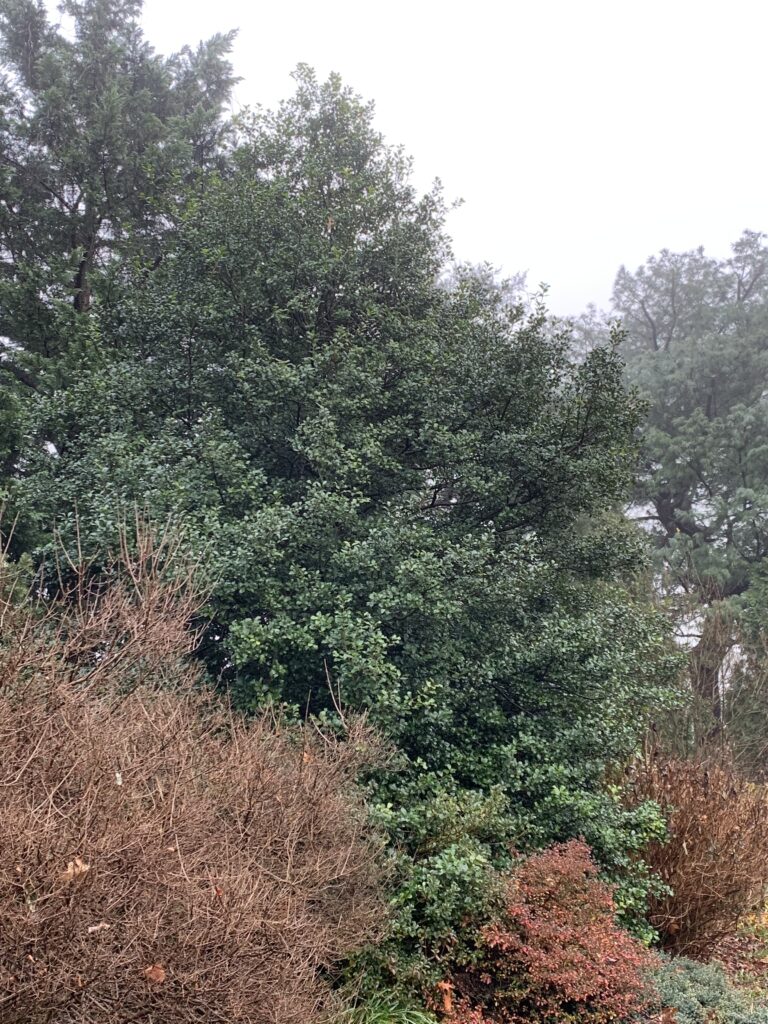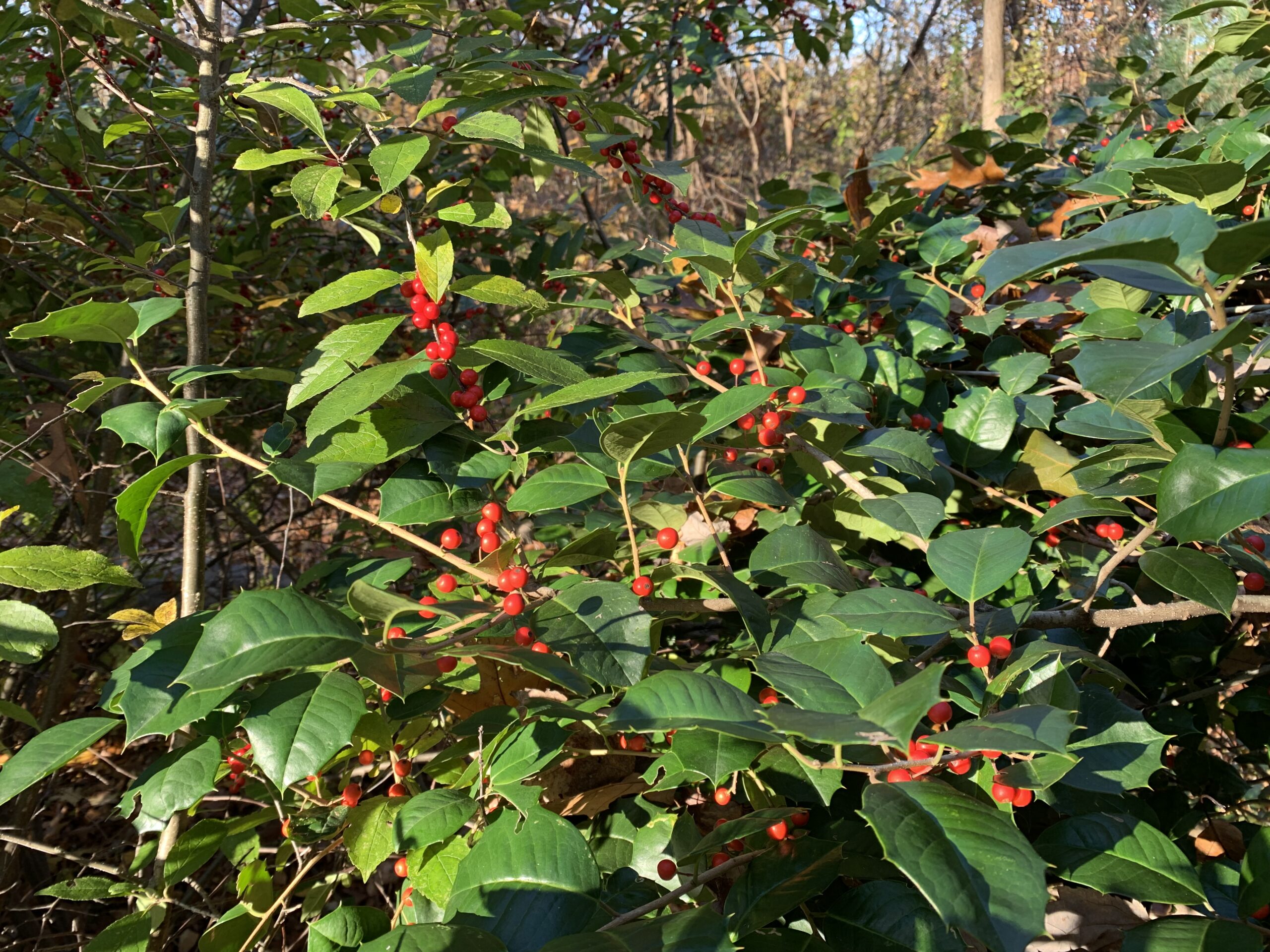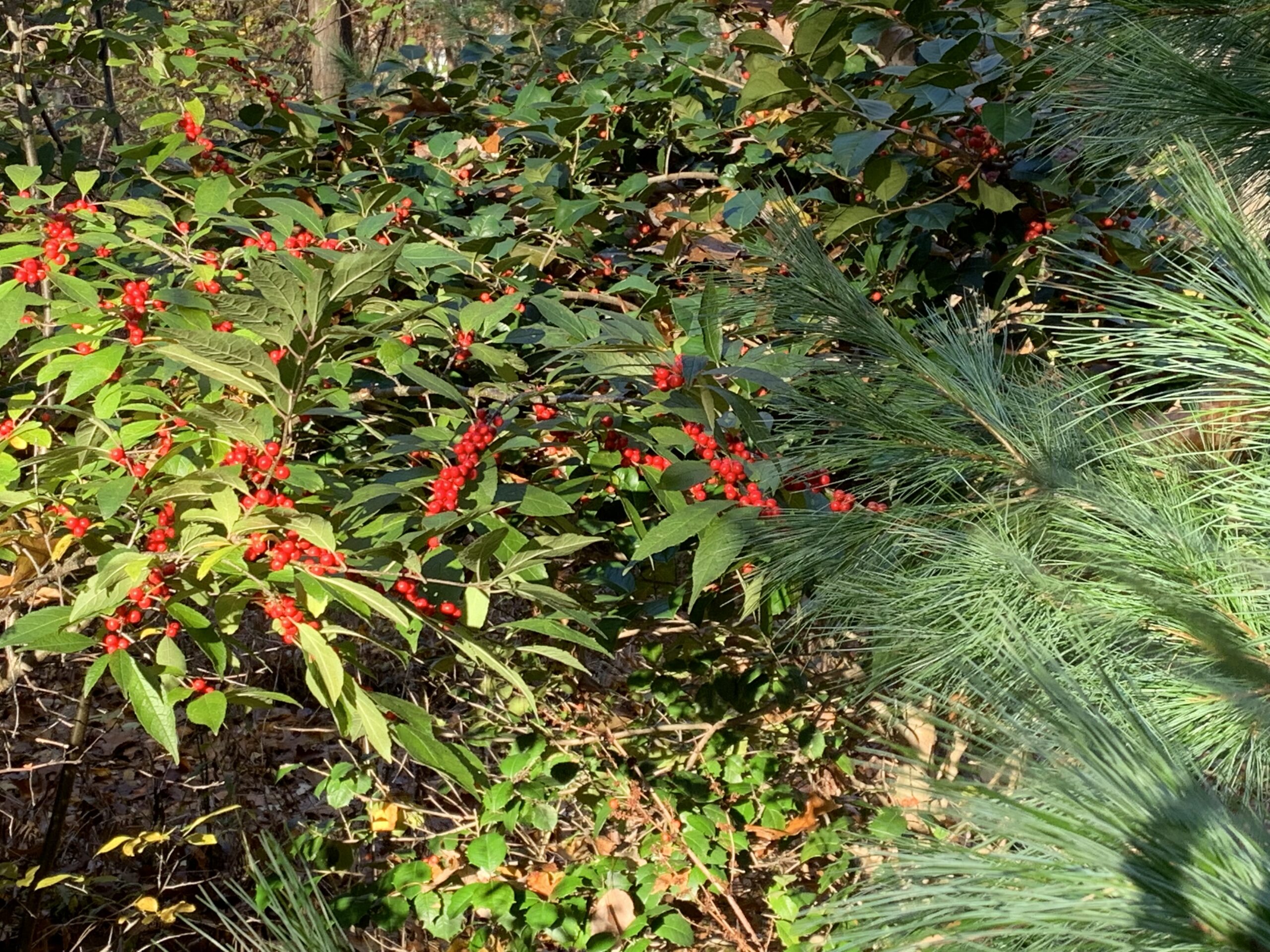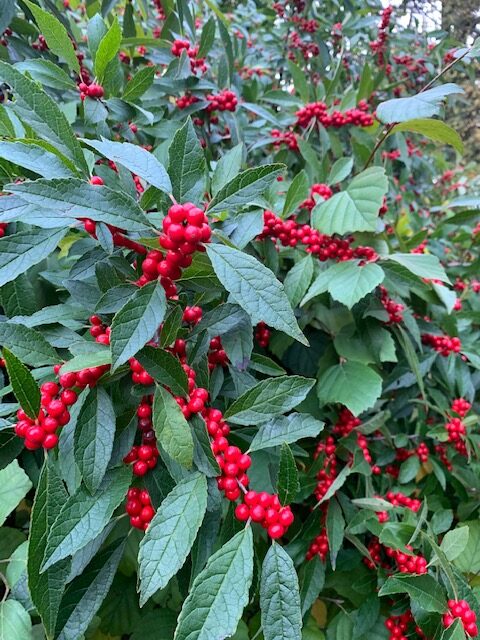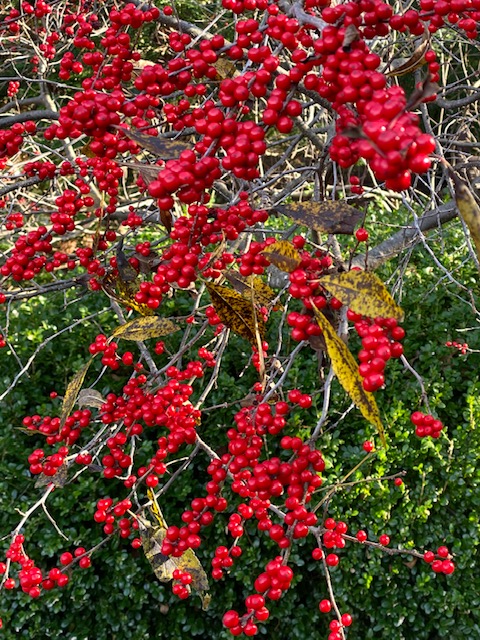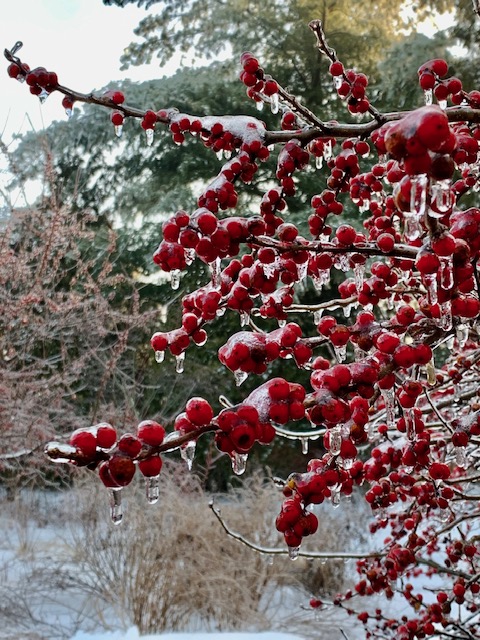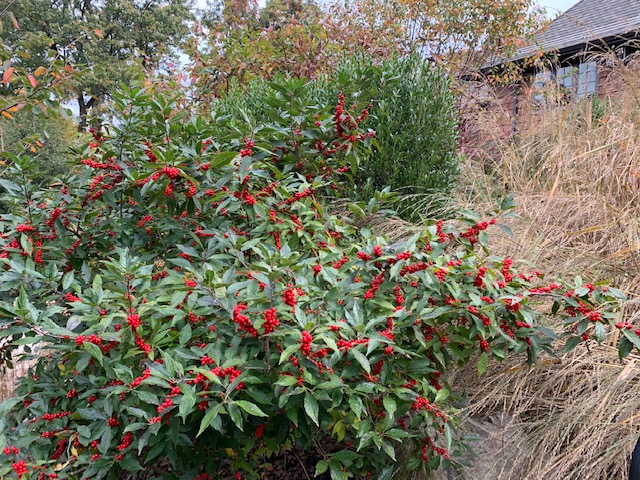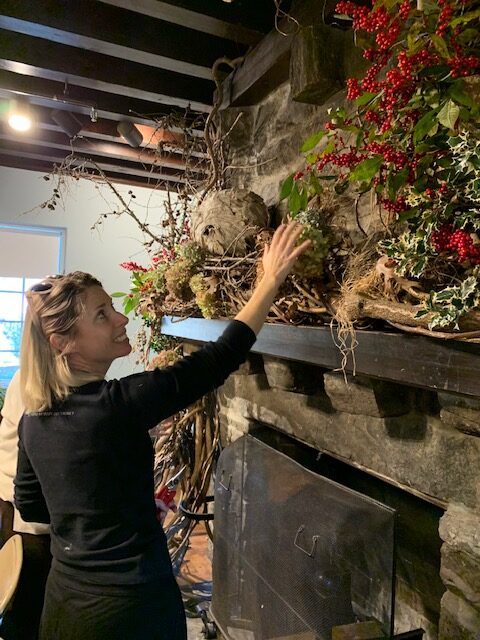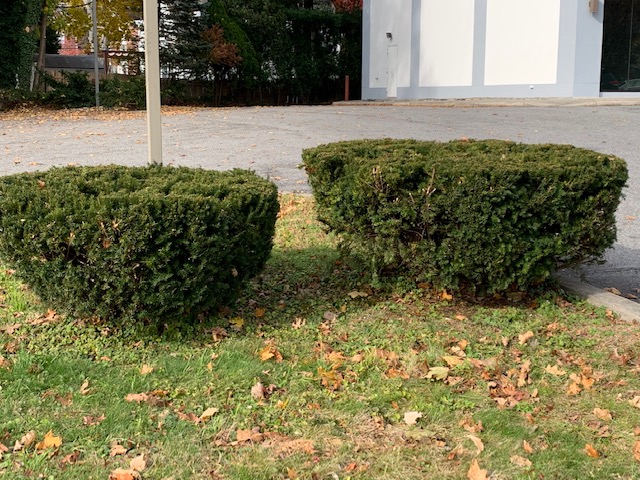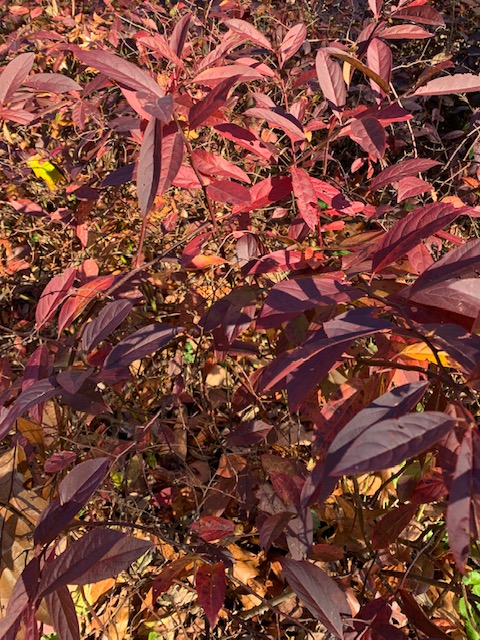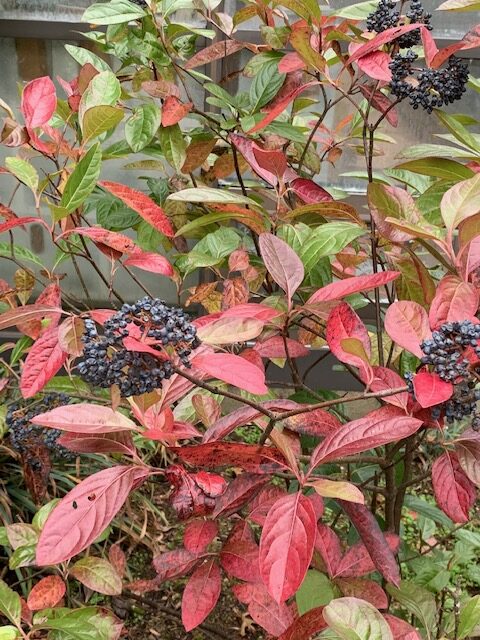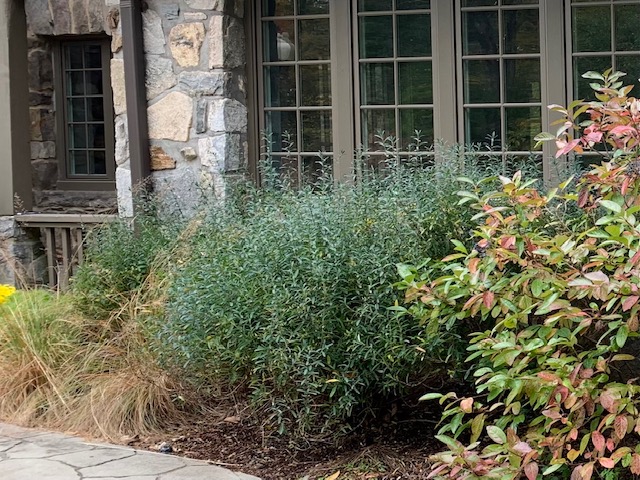Leucothoe has a lot going for it:
It is a beautiful, flowering, evergreen, deer-resistant, low-maintenance, native shrub. It works very well as a foundation plant, groundcover, hedge, tree-underplanting, or pathway lining. With all these virtues, why is this excellent plant so under-used in our suburban landscapes?
Maybe it’s because nobody knows how to pronounce it? We’ve heard it said:
Lew-COE-tho-way, Lew-COE-tho-wee, and LEW-cuh-tho – and all those from experts! We favor the first choice, but if you’re shopping for it, the nursery staff likely will understand any of those options.
Or maybe Leucothoe suffers from the horrifying Greek myth behind the name? Poor Leucothoe was an innocent young woman whose father punished her, for entirely wrong reasons (look it up!), by burying her alive, whereupon she turned into a plant! Of course, it wasn’t this plant, because this plant is native to the Eastern US, and the ancient Greeks didn’t even know it existed.

Whatever the reason, Leucothoe definitely should be better known. There are actually two species of Leucothoe native to the East Coast. Leucothoe fontanesiana ranges from Louisiana to New York, while Leucothoe axillaris naturally appears only as far north as Delaware. It is not easy to tell the two species apart, and there are cultivars with fancy leaf colors derived from both. We see Leucothoe axillaris sold here frequently as Coast or Coastal Leucothoe. Leucothoe fontanesiana tends to grow a little taller, so read the nursery tag to see what the grower indicates for size.
So why should you know this plant? Leucothoe is beautiful, with gracefully arching stems and shiny, evergreen leaves. It is easy to grow, and incredibly useful. It typically grows about 3 feet high, and slowly spreads wider. It is naturally an understory plant, so it is happiest in shade, but will live in sun if it has enough moisture. Leucothoe is perfect as an evergreen ground cover, especially near wooded areas where pachysandra or ivy would pose an invasive threat. It will retain moisture and suppress weeds, so you can use it instead of mulch around trees or shrubs.
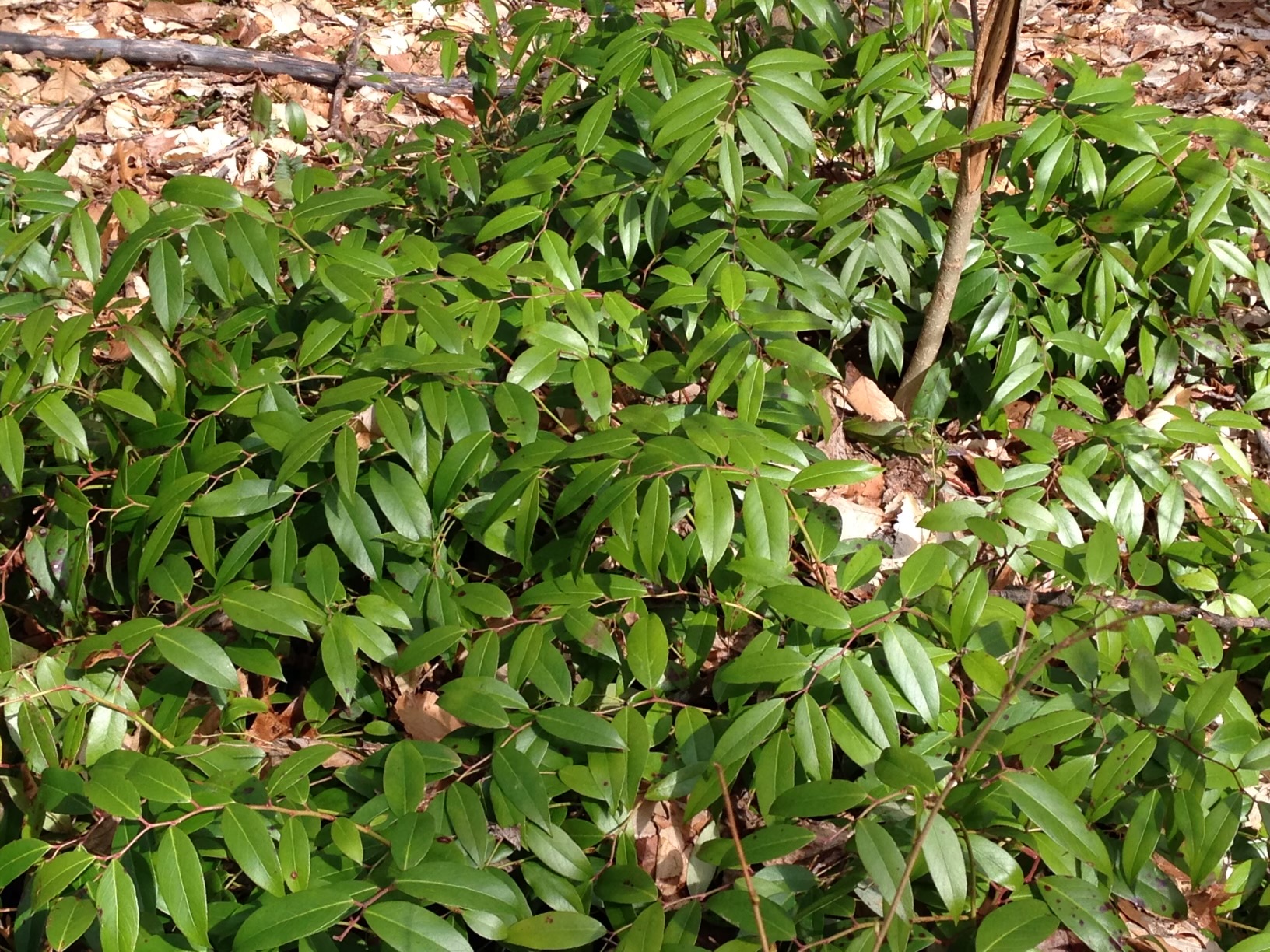
Leucothoe evolved growing in the relatively mild winters of Southeastern forests. It is a Zone 5 to 7 plant, so it should be protected from the coldest winter wind. You can use it as a foundation plant on the shady side of the house and not worry about having to prune it for size. It can drape over a stone wall or define the edge of a garden path. Pro tip: although sold in nursery pots with instructions to plant in a hole the same depth as the pot, we find Leucothoe likes to have its roots spread out wide and shallow, which makes it easier to plant around established trees and shrubs, too.

Leucothoe flowers in late spring with little white bells that look like lily-of-the-valley, though the leaves hide the flowers to some extent. New leaves emerge in red or bronze shades before turning deep green. In winter, the shiny green leaves are very welcome.
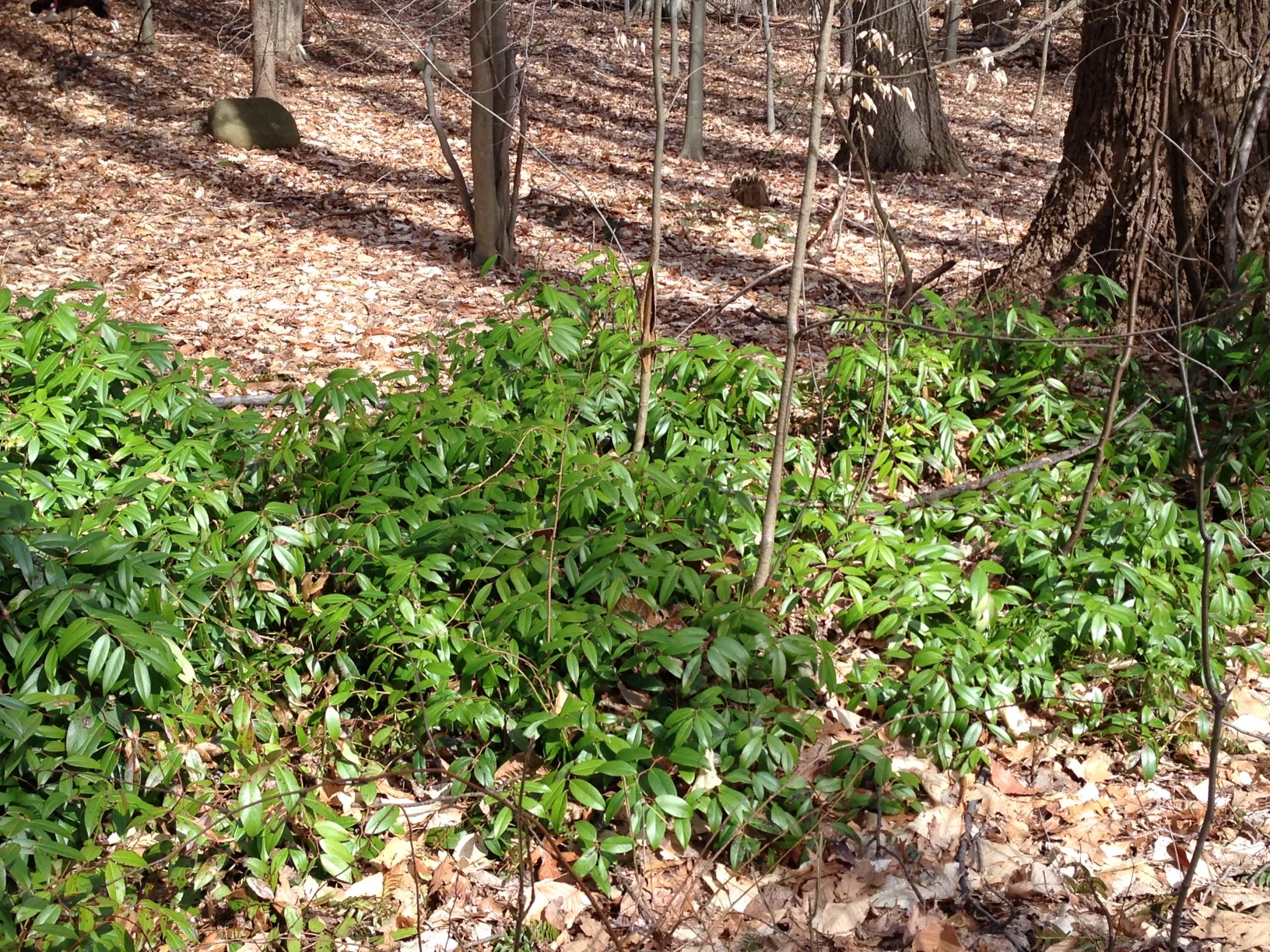
Did we mention deer-resistant? We have found Leucothoe thriving in the woods in winter in areas known to be major deer hang-outs. And on our grounds at the Nature Center, Leucothoe is the only native woodland plant that really holds its own against the invasion of English ivy.
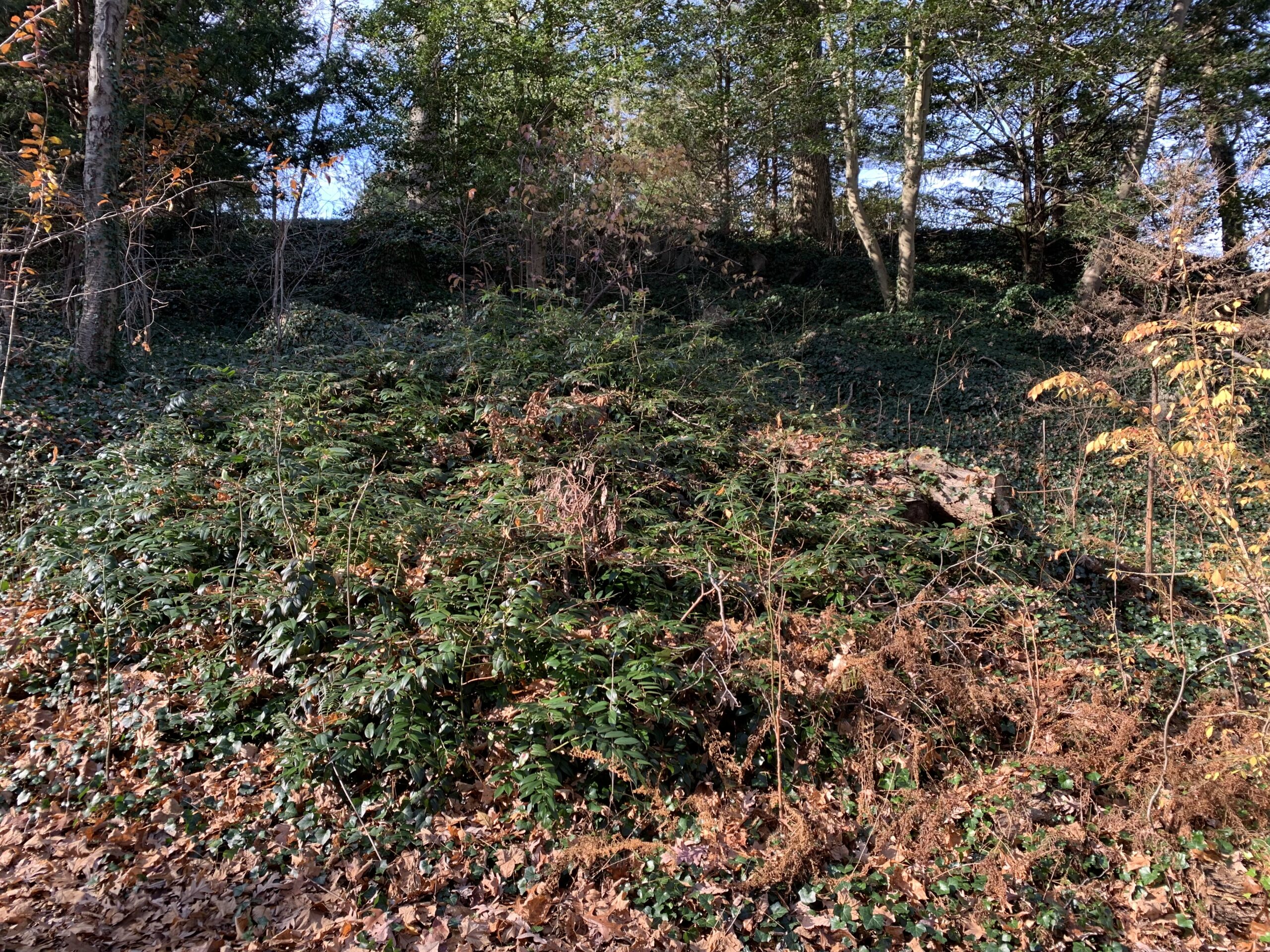
So, consider Leucothoe as a native substitute for English ivy, Japanese pachysandra, vinca, or wintercreeper – all known to be seriously invasive if they reach wooded areas. Leucothoe forms a shiny, dark green skirt for the base of trees, leggy shrubs, or fences. It looks good all winter, and will still be looking good when the daffodils bloom in spring.
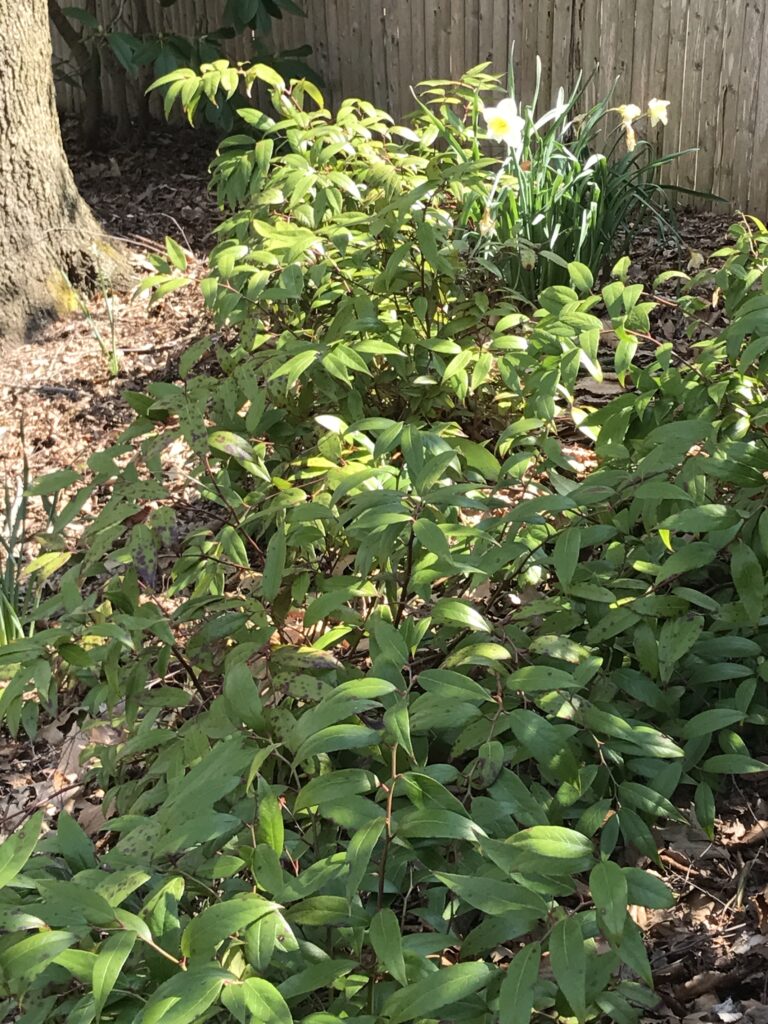
This blog is authored weekly by Cathy Ludden, conservationist and native plant educator; and Board Member, Greenburgh Nature Center. Follow Cathy on Instagram for more photos and gardening tips @cathyludden.

